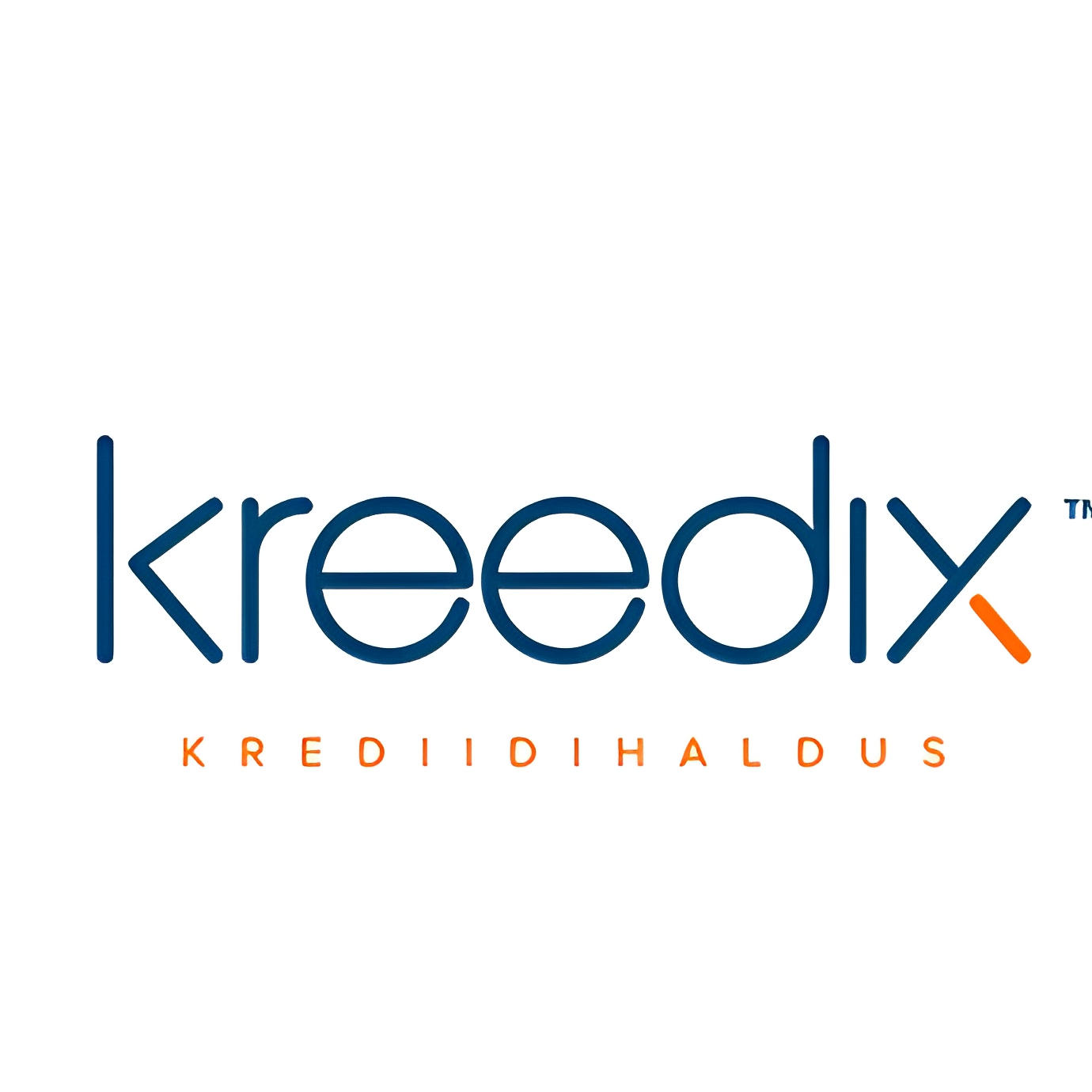How to optimize your business's cash flow
Cash flow refers to the movement of money in and out of a business. It is a crucial indicator of a company's financial health, reflecting its ability to generate sufficient revenue to cover expenses, reinvest in the business, and provide returns to shareholders. Effective cash flow management ensures that a business can meet its obligations and seize growth opportunities.
Cash flow is typically divided into three main components: operating cash flow, investing cash flow, and financing cash flow. Operating cash flow is derived from the core business activities, investing cash flow relates to the purchase and sale of assets, and financing cash flow involves transactions with the company's investors and creditors.
Common Cash Flow Challenges
One of the most significant challenges businesses face is late payments from clients, which can lead to cash flow shortages. Bad debts, where clients fail to pay altogether, exacerbate this issue, impacting the business's liquidity and financial stability.
Excessive inventory ties up cash that could be used elsewhere in the business. Conversely, insufficient inventory can lead to lost sales and customer dissatisfaction. Balancing inventory levels is critical to maintaining healthy cash flow.
High overhead costs, such as rent, utilities, and salaries, can strain cash flow, especially if they are not aligned with the business's revenue streams. Managing these costs effectively is essential for optimizing cash flow.
Strategies for Optimizing Cash Flow
Establishing clear credit policies and conducting thorough credit checks on new clients can reduce the risk of late payments and bad debts. Offering incentives for early payments and implementing penalties for late payments can also encourage timely settlements.
Regularly reviewing accounts receivable and following up promptly on overdue invoices can improve cash flow. Utilizing automated invoicing and payment systems can streamline the process and reduce the likelihood of errors and delays.
Implementing inventory management systems can help businesses maintain optimal inventory levels, reducing excess stock and freeing up cash. Techniques such as just-in-time inventory can minimize holding costs and improve cash flow.
Regularly reviewing overhead expenses and identifying areas for cost reduction can enhance cash flow. Negotiating better terms with suppliers and exploring cost-effective alternatives can also contribute to lower overhead costs.
Leveraging Technology for Cash Flow Optimization
Utilizing automated credit management solutions can streamline the credit approval process, monitor client payment behavior, and reduce the risk of bad debts. These systems provide real-time insights into cash flow, enabling businesses to make informed decisions.
Financial forecasting tools can help businesses predict future cash flow trends, allowing them to plan for potential shortfalls and allocate resources effectively. These tools can also assist in identifying growth opportunities and optimizing financial strategies.
Monitoring and Adjusting Cash Flow Strategies
Conducting regular financial reviews is essential for maintaining healthy cash flow. These reviews provide insights into the business's financial performance and highlight areas for improvement.
Staying informed about market trends and adapting cash flow strategies accordingly can help businesses remain competitive and financially stable. Flexibility and responsiveness are key to optimizing cash flow in a dynamic business environment.








Comments (0)